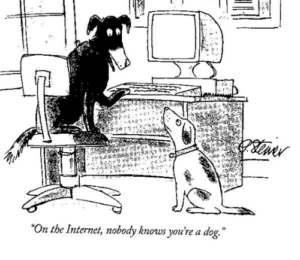Paper : Do online reviews affect product sales? The role of reviewer characteristics and temporal effects
The paper provides an interesting take on impact of online reviews on product sales.
The authors posit that apart from general review rating of a product, additional information like reviewer’s standing, review quality as well as product coverage play a big role in sale of a product. They use the seminal work on TCE and Uncertainty Reduction Theory to support their hypothesis. The latter suggests that if a user doesn’t have enough information about a product, they will try to reduce the uncertainty by looking at product reviews, popularity, reputation of reviewers etc. What all factors play a role in reducing uncertainty ? Social features can also play a big role, especially in e-commerce sites.
If a friend has recommended a product, it will outweigh the impact of other factors like review score and quality.
Why didn’t the authors take review score + quality + reviewer standing as part of a hierarchical process to reduce uncertainty ? A typical user may look for higher review scores for reducing the sameple space. Then, she may use the quality, reviewer standing and other factors and repeat this process till she is satisfied with the final results.
The paper doesn’t take into acount the language of the review text for determining its quality. How it is determining quality otherwise ? Amazon has a review helpfulness score. Are they using those ?
Even though it is intuitive that product coverage play a big role, rise of discovery services in online e-commerce as well as food review portals show that users might not always go for the most featured products. Many people always want to seek out new products and thus, coverage may have some negative impact in such cases too.
Lastly, the authors have mentioned that the impact of negative reviews on product sales reduces with time ? What could be the reasoning behind it ? Is it bound to the type of recommendation algorithm used by e-commerce portal? If such algorithm takes into account all the reviews of an item since the beginning, will such argument hold?
It is a good paper which establishes various hypothesis about online product and tests them against a given dataset. A future direction of research may be to try it in different markets and take language of review as a factor of quality
